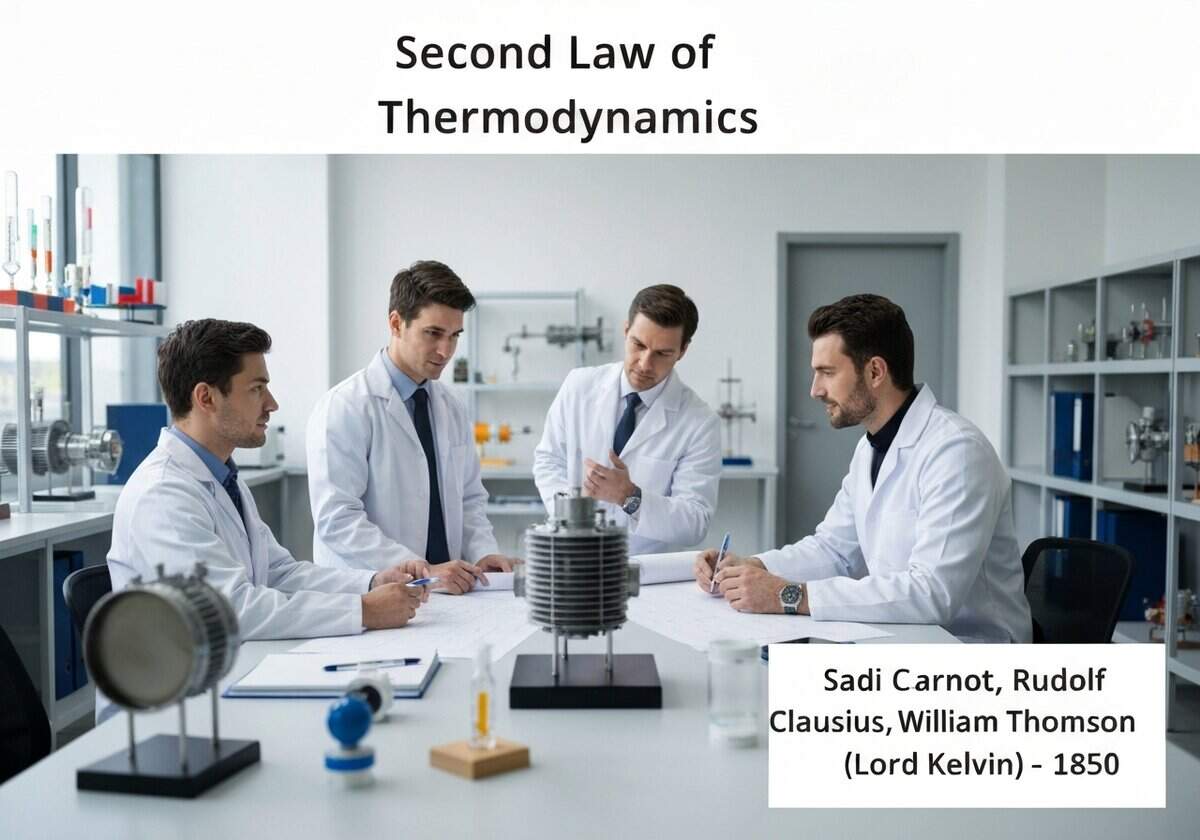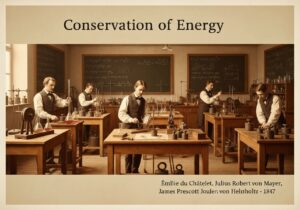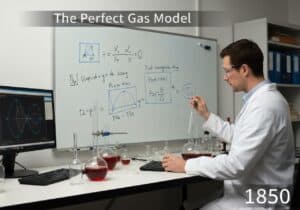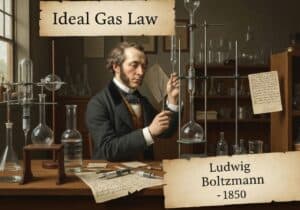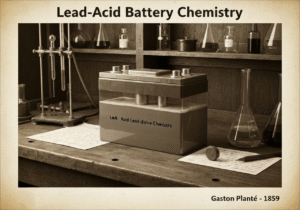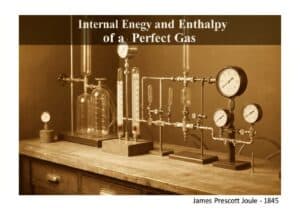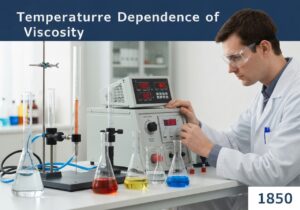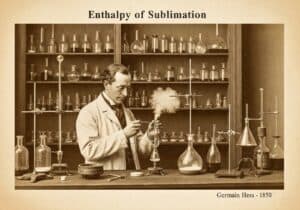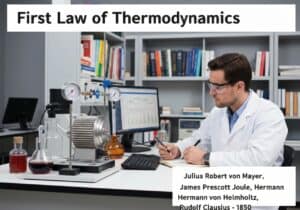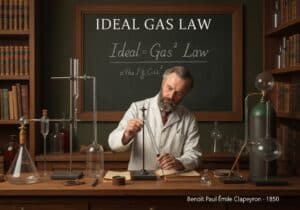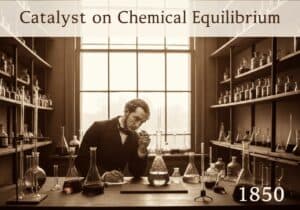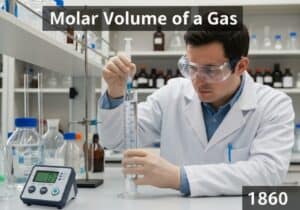The Second Law introduces the concept of entropy and defines the direction of spontaneous processes. It can be stated in several ways, but a key consequence is that the total entropy of an isolated system can never decrease over time. This law explains the ‘arrow of time’ and why processes are irreversible, such as heat spontaneously flowing from a hot body to a cold one.

